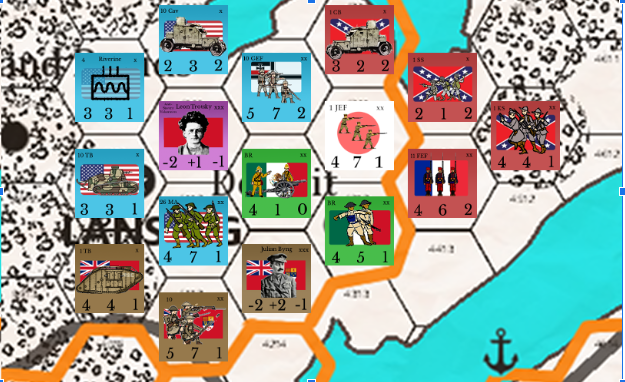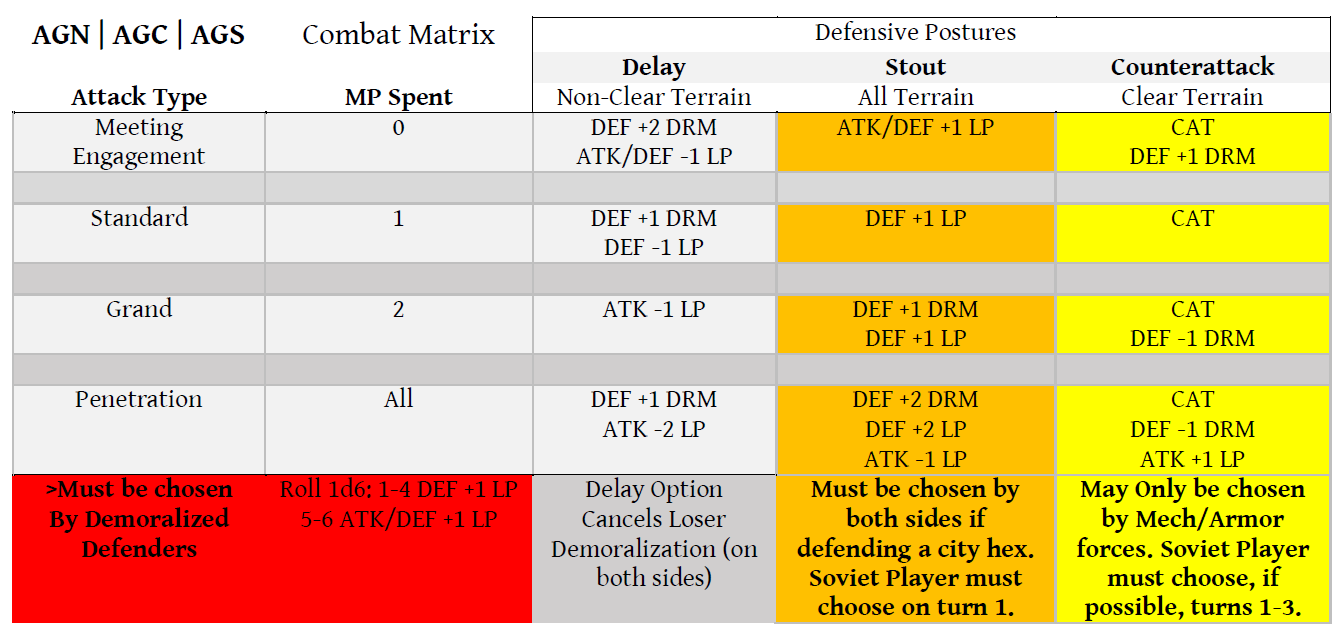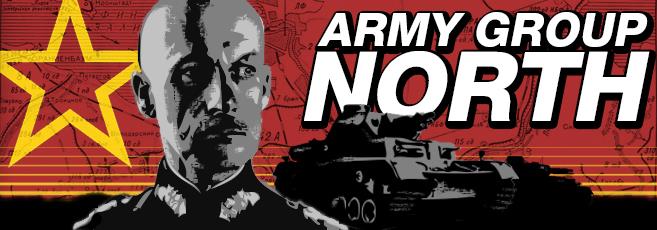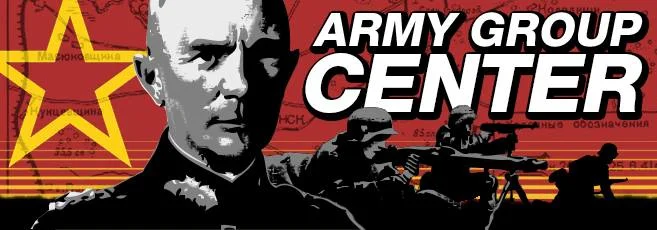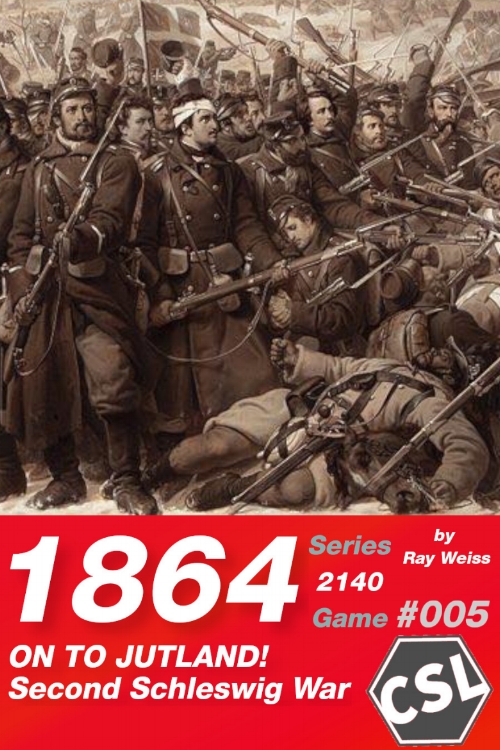Please note that the source of much of the content of this post is within Richard A. Billows excellent biography Antigonos the One-Eyed and the Creation of the Hellenistic State.
Until relatively recently, little was known about one of Alexander the Great’s most trusted and competent generals and later, ruler of the greater part of what was then (5th-2nd century BC) Asia, Antigonos Monophthalmos, satrap of Phrygia under Alexander. While Antigonos Monophthalmos is mentioned constantly throughout various ancient sources, one major reason we new relatively little about him and his exploits during the reign of Alexander because his rival and contemporary Ptolemy (another one of Alexander’s Diadochi, satrap of Egypt), who was the main source for all thing military regarding Arrian’s account of Alexander’s campaign essentially failed to mention him in any positive light whatsoever. What little did survive from Antigonos’s time that was arguably, Ptolemaic propaganda stating that Antigonos was power hungry, ruthless, bloodthirsty, and an insatiable desire to reconquer the entire empire of Alexander.
Tentative pre-order image.
Nonetheless, recent scholarship has shown that much of these notions were inaccurate and/or exaggerated, other than what was the politically acceptable/required level of brutality and ruthlessness for the time. To make things worse for Antigonos’s legacy, a grandson of his of the same name (Antigonos Gonatas) was named during some unflattering/controversial events of the time incorrectly being attributed to his grandfather. Rather than what has been portrayed about the ruler, he was tactful, less brutal than all of his contemporaries, faithful to his wife/a real family man also unlike all of his contemporaries, a talented administrator and expert campaigner. This is not to say that in the last years of his life, Antigonos went on the offensive and aggressively tried to eliminate all of his rivals, though one could reasonably argue that given the fact that the rest of the Diadochi had allied against him during the final war given he was the most powerful, he had little choice to strike out offensively.
Most considerable among his achievements outside of the military sphere have to do with administration, diplomacy and bureaucratic structures that kept a diverse group of ethnicities and nationalities united for a considerable period, and would go on to form the basis of the Seleucid’s empires method of administration among other nations in perpetuity throughout Asia Minor. The area over which Antigonos ruled was massive and he instituted a number of essential reforms, initiatives, and directives that drastically improved the lives of his subjects in regard to health & wellness, infrastructure, commerce, civil institutions and culture. Unique among other Diadochi, we was aware of how all of these things were holistically interconnected to his ability to wage war, maintain interior lines of logistics, and project power an authority throughout a massive kingdom which stretched from Palestine to the edge of Babylonia and all the way to Greece.
There are a bunch of other interesting things I can go on about in regards to Antigonos but you’re probably interested in games and what the hell Antigonos has to do with games, well this is because I am currently working on my first solo game which will cover the reign of this Diadochi king. Normally I will put the games I am working on up for pre-order once I am fairly familiar with what the game will end up looking/playing like at the end, with that said I haven’t put this game up for pre-order yet because I am still in the process of deciding what it will end up as. I don’t have any experience with designing solo games and have only played a few, so recently I have been trying to read about and play as many as possible in order to get a feel for the genre. I have yet to decide on the core mechanics of the game, but I have a rough generalized idea for the game, described here:
Antigonos Monophthalmos is a sandbox-solitaire game which focuses on domain administration, logistics, conquest, and prestige. Players will take the role of the most powerful of all the Diadochi and attempt to conquer several objectives, humble your enemies, keep your empire under control, and raise your prestige in the process.
I haven’t really decided yet how I am going to go about this, either with cards, an AI for the other Diadochi, actions/operations and events etc. The only thing I have decided on so far is a point to point movement system with a year to years long scale. I want to kind of do something like the old Romance of the Three Kingdoms PC games (very old for MS DOS) where you could put various officers in charge of various jobs, they would be more proficient at one thing than the other etc, but basically you would be moving forces around, putting down rebellions, building fort, taking objectives, some army building and advanced planning. I have yet to decide if I am going to end up using bits or counters as well, I am leaning towards bits if it is affordable.
Anyway, I have ideas for the game that I haven’t mentioned as I don’t want to get too deep into the weeds, but I’ll post another update on this title in another 2 weeks. I am looking forward to a number of solo games on their way to my place so I can experiment with playing several and get some better instincts before I go and charge ahead with defined mechanics. I do know that I want an unscripted difficult game that would be designed to be played alone so with that said, ill keep at it the coming weeks.
With love-
Ray




